Bhutan for Life includes 10 Protected Areas (and the Royal Botanical Park) and 9 Biological Corridors that together constitute 52% of the total area of Bhutan. There are 35,000 people (7,000 households) living within the protected area network, most of whom depend on natural resources for their livelihoods. In addition, approximately 110,000 people living in rural areas less than 10 km from protected area borders, and almost half of Bhutan’s population living in rural areas downstream benefit from an array of ecosystem services that protected areas provide.
Bhutan for Life Landscape

Jigme Dorji National Park (JDNP)

There are 376 glaciers in JDNP which constitutes 42.44% of the glaciers of the country.
- Second largest national Park
- Total area: 4,316 km2
- Location: Covers 5 districts in the north west of the country
- Park is a water source for various mega hydropower projects
- Oly park in the country trekked by tourists through its paradisiacal alpine meadows and snow-capped mountains
- Provides crucial connectivity to the Kanchenjunga Conservation Complex in northeast India and eastern Nepal
Wangchuck Centennial National Park

It represents one of the best examples of the middle Himalayan ecosystem and contains several ecological biomes ranging from blue pine forests to dry alpine screes and permanent snow and ice
- Largest park in Bhutan
- Total area: 4914 km2
- Location: Northern frontiers of the country and falls within the boundaries of five districts of the country
- In the future, the park has plans to conduct studies on the total area of glaciers in the park as well as some impacts from global warming on these glaciers
Bumdeling Wildlife Sanctuary

Bumdeling forms the easternmost range for the wintering ground of the endangered Black-necked crane, and is the only place in Bhutan where Bhutan’s Swallowtail was rediscovered after a long gap since its first discovery in 1932
- Location: Covers three eastern districts of the country
- Total area: 1520.61 km2
- The Bumdeling floodplain was declared a Ramsar site, a wetland of international importance in 2012, one of only two in Bhutan
- In March 2012, BWS was proposed as a UNESCO World Heritage site for its cultural and natural heritage importance
Phrumsengla National Park (PNP)

PNP has a combination of all different vegetation zones found in other parts of the country
- Location: Park covers four districts
- Total area: 905 km2
- One of the recent parks to be placed under management
Sakteng Wildlife Sanctuary

Regardless of its comparatively small size, the sanctuary functions as one of the major watersheds benefiting downstream districts from its two main rivers and numerous lakes
- Total area: 740.60 km2
- Location: Far east of the country
Jomotshangkha Wildlife Sanctuary (JWS)

As the sanctuary lies in the Indo-Malayan realm, it is a true biodiversity hotspot. It is the only refuge for the elephants of the bordering Udalguri districts of Assam, India, as the habitat are degraded
- Location: Situated in in the south eastern part of the country
- One of the smallest protected areas in the country and the only protected area which does not have a management plan in place
- The National Tiger Survey (2015) also validated the presence of tigers in the sanctuary
Royal Manas National Park (RMNP)
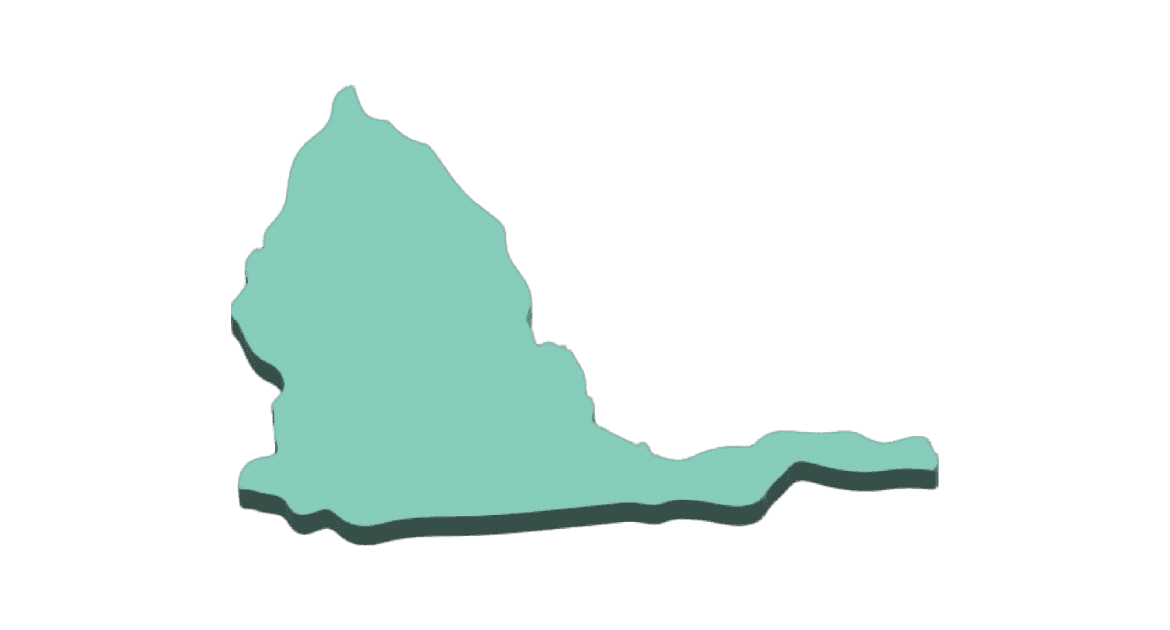
The adjoining areas of the Indian Manas and the Bhutan Manas are known as the Greater Manas Landscape and form the world’s second largest protected landscape for tigers.
Oldest National Park
Total area: 1057 km2
Location: South central part of the country
The Royal Manas National Park has a large area of both tropical and sub-tropical ecosystems including grasslands which is a distinct feature of the park.
Jigme Singye Wangchuck National Park (JSWNP)

JSWNP links Jigme Dorji National Park and the Wangchuck Centennial National Park through the biological corridors in the north and is directly with the Royal Manas National Park in the south, thus providing connectivity between the southern and northern protected areas
- Third largest protected area in the country
- Total area: 1723 km2
- Location: Centre of Bhutan
- Park is a water source for various mega hydropower projects
- Only park in the country trekked by tourists through its paradisiacal alpine meadows and snow-capped mountains
- The park represents an important migratory corridor, especially for tigers and altitudinal migratory birds
Phibsoo Wildlife Sanctuary (PWS)
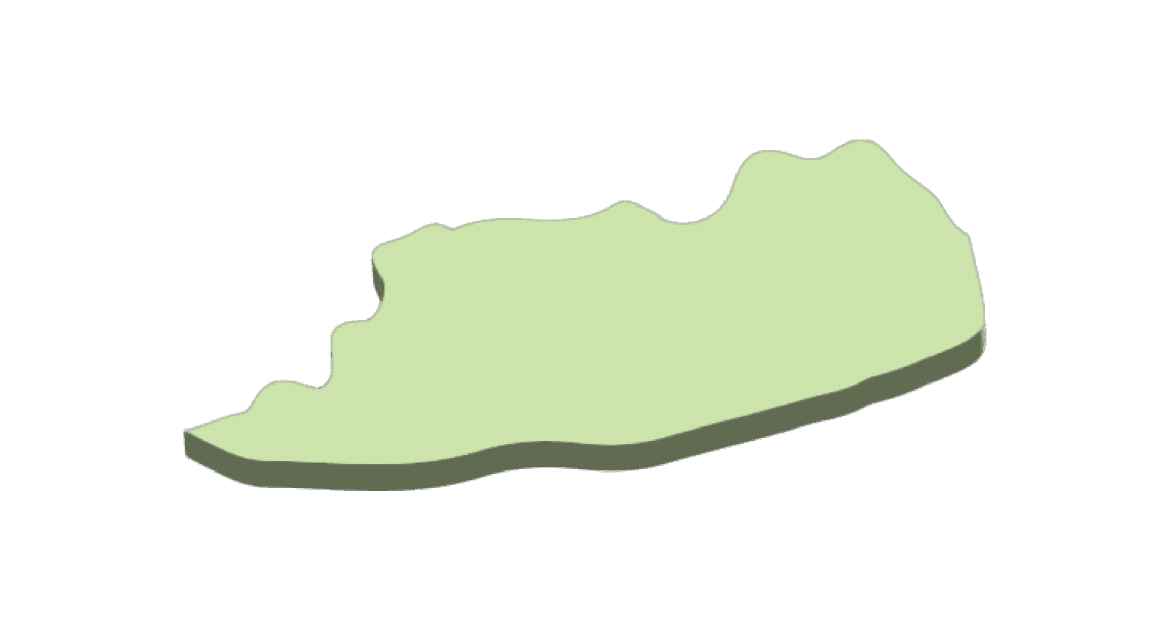
The sanctuary straddles the Indo-Malayan bio-geographic realm and protects the southernmost variant of the country’s subtropical forest ecosystem
- Total area: 269 km2
- Location: Located in the foothills of south central Bhutan
Jigme Khesar Strict Nature Reserve (JKSNR)

Serves as a water head for rivers and streams which are critical for the livelihoods of residents within the Reserve
- Location: Spreads across two western districts of the country
- The only strict nature reserve along the 10 protected area
Royal Botanical Park (RBP)
Royal Botanical Park (RBP) is a critical linkage between BC-2 and Jigme Dorji National Park
- Location: Situated in the north-western part of the country
Biological Corridor 9 (BC9)

Biological Corridor 09 is a critical linkage between Bumdeling Wildlife Sanctuary and Sakteng Wildlife Sanctuary
- Location: Situated in the north-eastern part of the country
Biological Corridor 6 (BC6)
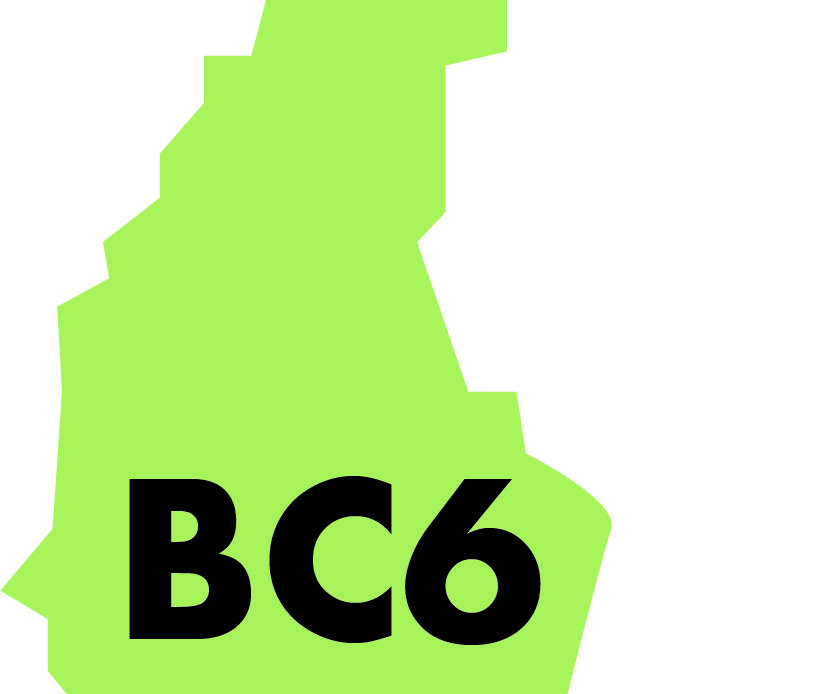
Biological Corridor 06 is a critical linkage between Sakteng Wildlife Sanctuary and Jomotshangkha Wildlife Sanctuary
- Location: Situated in the south-eastern part of the country
- Provides secure habitats for rare, charismatic, and threatened
- species
Biological Corridor 5 (BC5)

Biological Corridor 05 is a critical linkage between Royal Manas National Park and Jomotshangkha Wildlife Sanctuary.
- Location: Situated in the south-eastern part of the country
Biological Corridor 4 (BC4)

Biological Corridor 04 is a critical linkage between Jigme Singye Wangchuck National Park, Royal Manas National Park, and Phrumsengla National Park
- Location: Situated in the central part of the country
- It is the largest of all the biological corridors in Bhutan
Biological Corridor 7 (BC7)
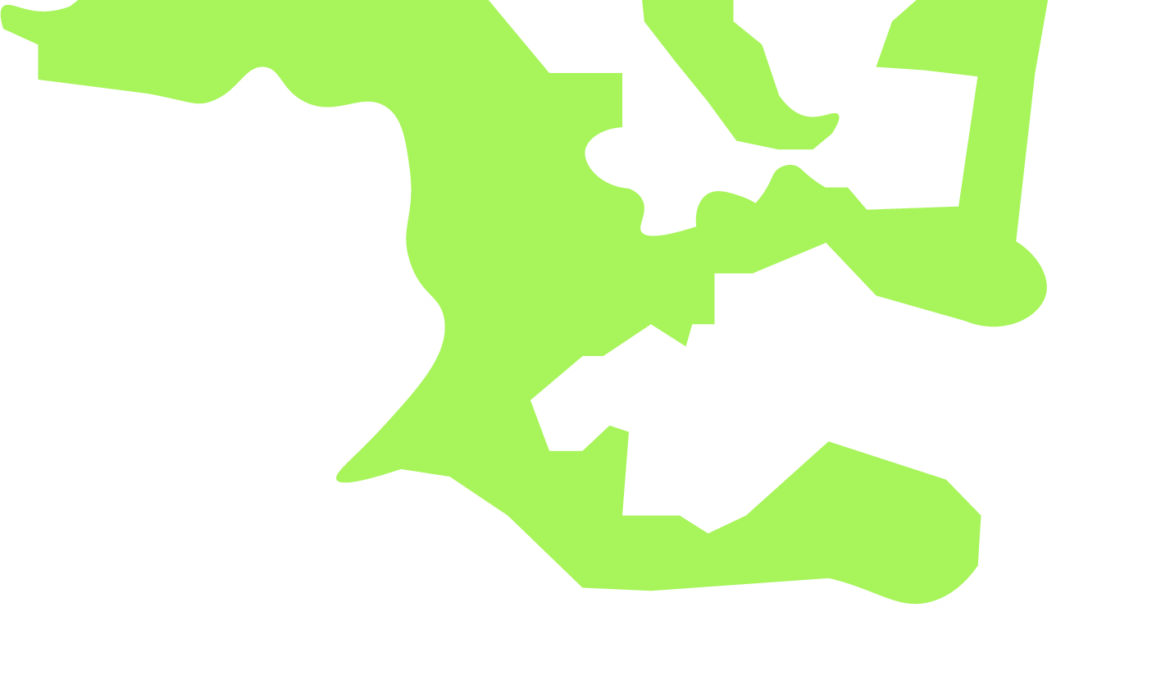
Biological Corridor 07 is a critical linkage between Bumdeling Wildlife Sanctuary, Wangchuck Centennial National Park, Phrumsengla National Park
- Location: Situated in the north-eastern part of the country
- The floristic composition of the corridor consists of 307 plant species, from which 104 are tree species, 47 shrub species, and 144 herb species.
Biological Corridor 3 (BC3)

Biological Corridor 03 is a critical linkage between the Royal Botanical Park and Jigme Singye Wangchuck National Park
- Location: Situated in the southern part of the country
Biological Corridor 8 (BC8)
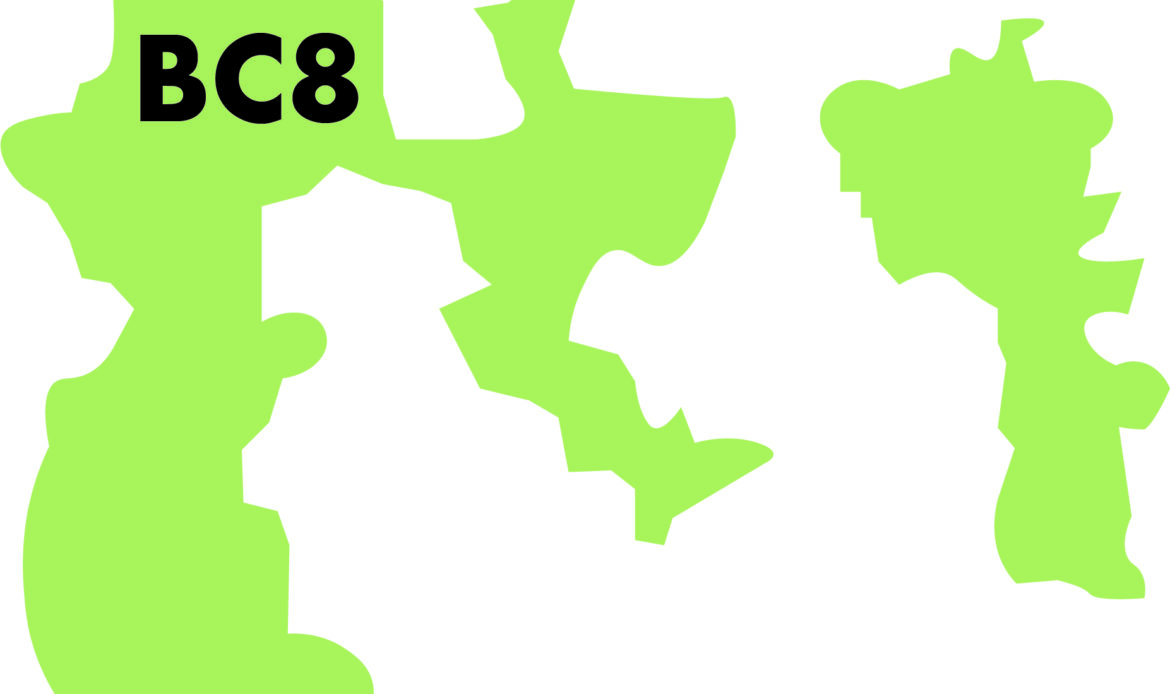
Biological Corridor 08 is a critical linkage between Wangchuck Centennial National Park and Jigme Singye Wangchuck National Park
- Location: Situated in the central part of the country
Biological Corridor 2 (BC2)

Biological Corridor 02 is a critical linkage between the Royal Botanical Park and Jigme Singye Wangchuck National Park
- Location: Situated in the central-west part of the country
- Home to diverse megafauna, including the Royal Bengal tiger, Asiatic wild dog, and Himalayan red panda.
Biological Corridor 1 (BC1)
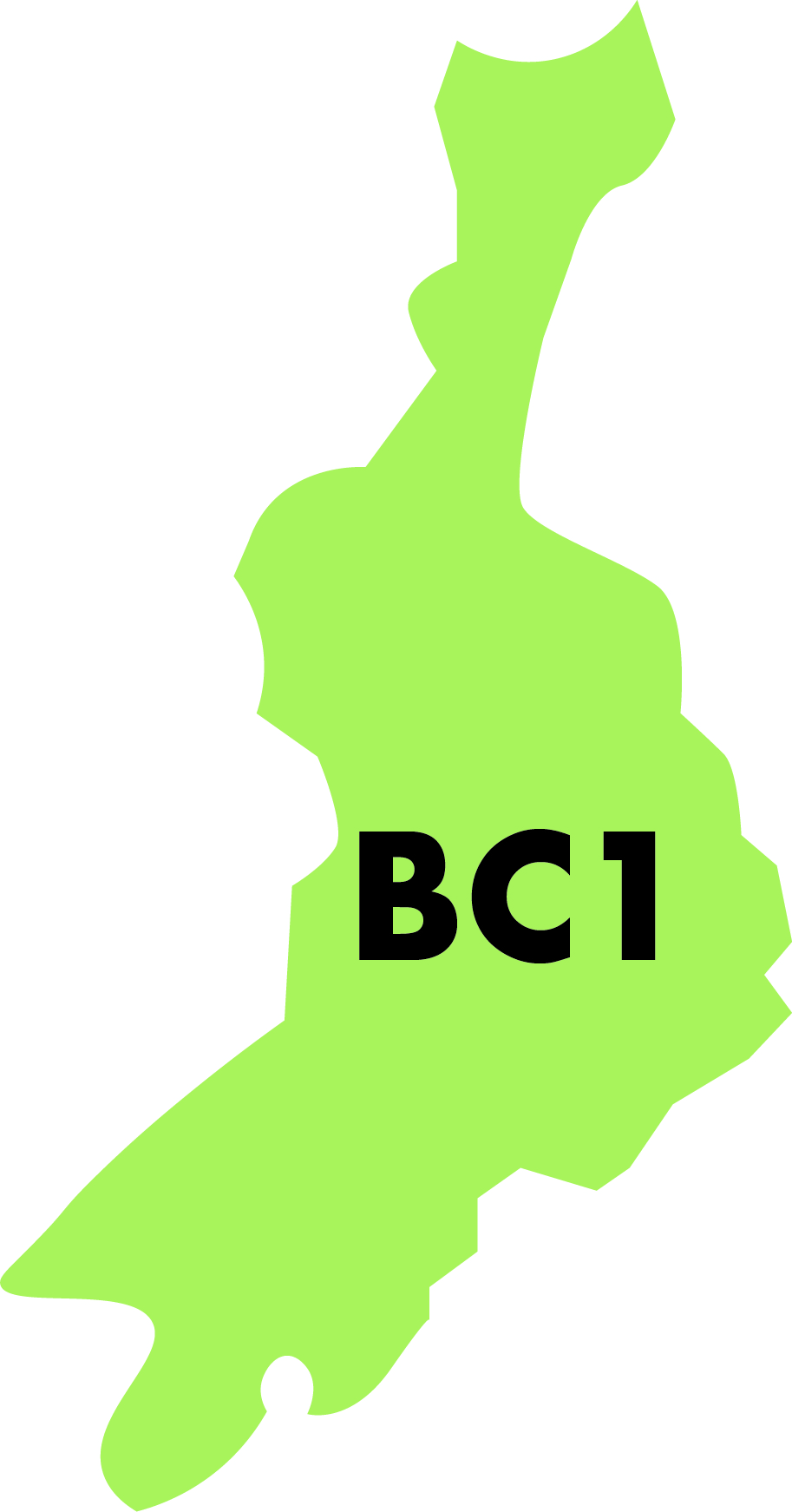
Biological Corridor 01 is a critical linkage between Jigme Dorji National Park and Jigme Khesar Strict Nature Reserve
- Location: Situated in the northwestern part of the country
- Home to diverse megafauna and birds such as Panthera unica (snow leopard), Ursus thibetanus (Himalayan black bear), and Budorcas taxicolor (Takin).
